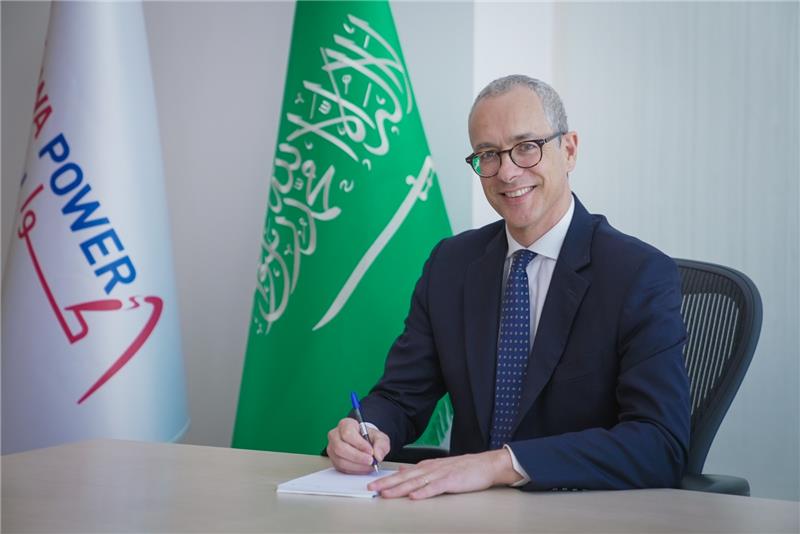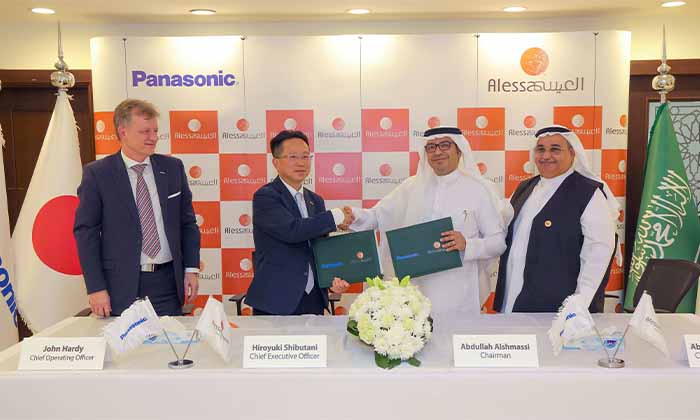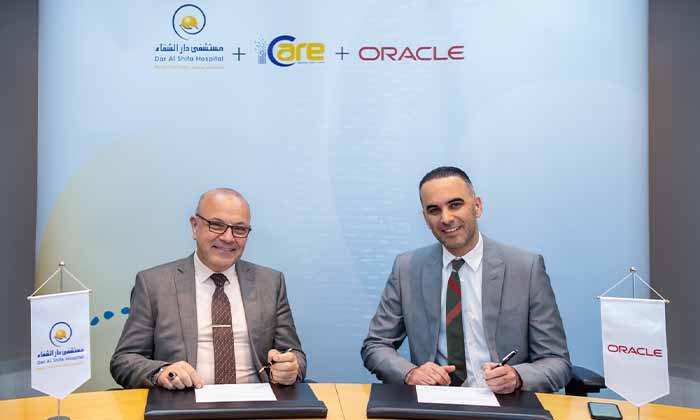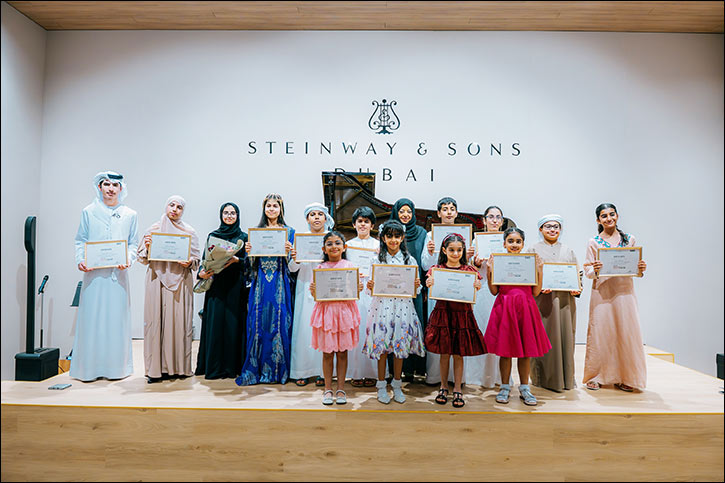While the Middle East and North Africa (MENA) has among the highest levels of per capita adoption of social media networks globally, a majority of Arab youth say they are struggling to disconnect, and that social media addiction is negatively impacting their mental health.
These are some of the key findings under the theme, ‘My Lifestyle,’ of the 15th annual ASDA’A BCW Arab Youth Survey, the most comprehensive study of its kind of the Arab world’s largest demographic, its over 200 million youth, conducted by ASDA’A BCW, MENA’s leading communications consultancy.
With 77% internet penetration – higher than the global average of 65% – users in MENA have an average 8.4 social media accounts, each spending over 3.5 hours on them. Saudi Arabia is the biggest user of YouTube worldwide, where 68% of the users consume more video digitally than on TV. The top 5 countries by reach for TikTok are in the MENA (UAE, Saudi Arabia, Kuwait, Qatar, and Iraq) while Saudi Arabia, Iraq and Egypt are among the Top 15 largest national markets for SnapChat.
With such significant social media usage, it is not surprising that in this year’s survey nearly three-fourths (74%) of young Arabs said they are struggling to disconnect from social media. Additionally, about two-thirds (61%) agreed that social media addiction negatively impacts their mental health.
The findings of the survey were launched at a special event organised by blinx, the new digital media hub focused on youth in the Middle East, to mark the World Mental Health Day (October 10). Sunil John, President, MENA, BCW and Founder of ASDA’A BCW, and Nakhle Elhage, General Manager of blinx, discussed the findings and their impact on the Arab world’s changing media and digital landscape.
Seeking fame as social media influencers
Asked which social channels are most important to them, 18% said of the respondents said Facebook, followed by Instagram (17%), WhatsApp (16%), YouTube (13%), TikTok (12%), SnapChat (11%), X/Twitter (8%) and LinkedIn (4%).
But most Arab youth (92%) also said big tech companies such as Meta, Apple, Netflix and Google have ‘too much power’ – a sentiment shared by young people in all three regions covered – the Gulf Cooperation Council (GCC) states, North Africa and Levant. Similarly, an overwhelming majority (92%) said social media companies need to do more to stop disinformation on their sites.
Despite their struggle to disconnect, many young Arabs are swayed by the prospect of fame via social media, reflecting their ‘soft career’ choices rather than pursue challenging jobs in technology, medicine or engineering.
Asked which field they would want to achieve fame, the highest percentage (13%) of Arab youth said they would rather be famous as ‘a social media influencer.’ The respondents had the option of naming multiple fields from over 30 options including careers in industry, education, business, healthcare, tourism, and others.
To be known as chefs, food critics or food bloggers was equally popular (12%) while 11% each said they would like to be known for their humanitarian work or for their contribution to technology. 10% young Arabs said they would like to be famous in the fashion sector as designers or models. Careers in education and in sports appeal to 9% each, while only 8% said they would prefer to be famous in business as entrepreneurs/CEOs.
However, there are regional disparities: In the GCC, technology, engineering, and culinary arts were named as the top three choices (10% each), while 17% of youth in North African nations seek fame as social media influencers, followed by 15% naming charity work and 12% wanting to explore culinary arts. In the Levantine nations, the top preference is for technology and culinary arts (13% each) followed by 12% wanting to achieve fame as influencers.
Although social media dominates the lives of Arab youth, when asked what defines their lifestyle, more than half (58%) said ‘eating out’ followed by 57% saying ‘hanging out with friends’. Wearing fashionable brands was named by 42% while over a third (36%) said ‘holidaying in new destinations.’ Nearly a third (31%) said ‘going to the movies’ reflects their lifestyle, and almost as many (30%) said ‘driving a sports car.’
Social media as top source of news
Nearly two-thirds (61%) of the respondents said they get their news from social media, but this is a significant drop from 2019 when almost 80% of young Arabs surveyed said they get their news from social channels. Television, however, continues to be the second most preferred source of news – named by nearly half of young Arabs (45%).
A perceptible trend is the rise of online portals as a source of news for young Arabs. In 2019, over a third (38%) named online portals as their primary source of news; this has increased to 42% in 2023, also marking a 10% increase over 2022. Print dailies continue to see a steady decline, named by less than one in 10 (9%).
However, television is the most trusted source of news for young Arabs – named by 89% followed by online news portals (79%) and print dailies (76%). Social media influencers are not as trusted with 42% saying they are ‘not trustworthy’.
Announcing the findings, Sunil John, said: “The lifestyles of the region’s youth are increasingly defined by their social media addiction, and even when they agree they struggle to disconnect, many favour seeking fame by choosing to be social media influencers. The overt dependence on social media appears to have left many young people living in a bubble, unaware of the socioeconomic realities. With the highest levels of youth unemployment in the world, it is important for the MENA region to channel the energies of these young men and women into vocational training and quality education for the jobs of the future.”
John added that the concern raised by Arab youth about the impact of social networks on mental health is especially significant. “A digital-savvy youth population is an asset for any nation, but their mental well-being must be given top priority by encouraging them to live a fuller social life in the real world.”
Arab Youth Media Consumption Habits, Preferences… and blinx
“In the face of intriguing revelations by the ASDA’A BCW Arab Youth Survey, blinx, with its sharp focus on Gen Z and Millennials across the Middle East, finds these insights particularly enlightening,” said Nakhle Elhage, blinx General Manager.
“Our purpose is to inspire the youth through honest, genuine, and spectacular storytelling while harnessing the collective power of resources, tech, and expertise, so that storytelling always feels fresh, exciting, credible, believable, trusted and relevant to today’s Youth,” Elhage added.
“As we learn more about Arab youth media consumption habits and preferences from the recent survey findings, we, at blinx, are committed to keeping it real and genuine, away from fake news, misinformation, and disinformation. Whenever tackling sensitive issues, blinx does it without exaggeration, distortion, or sensationalism,” Elhage explained.
“Boasting a mission to deliver authentic and genuine narratives, blinx is committed to producing diverse, inclusive, and culturally relevant content that resonates with audiences, on a deeper level – truly embodying our motto: ‘More Story. Less Noise,’” concluded Elhage.
ASDA’A BCW commissioned SixthFactor Consulting, a leading research company, to conduct the 15th edition of the Arab Youth Survey. Face-to-face interviews were conducted with 3,600 Arab citizens aged 18 to 24 in 53 cities across 18 Arab states, the largest sample in the survey’s history. The interviews were conducted in person rather than online to maximise accuracy and to reflect the nuances of Arab youth opinion across the region as much as possible.
The overarching theme of the 2023 ASDA’A BCW Arab Youth Survey is ‘Living a New Reality’. Findings on five themes, ‘My Global Citizenship’, ‘My Politics’, ‘My Livelihood’, ‘My Identity’ and ‘My Aspirations’ were launched earlier. All the published findings are freely available with expert commentaries at arabyouthsurvey.com














